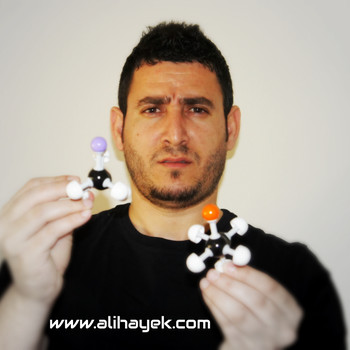A gas takes up a volume of 19.5 liters, has a pressure of 2.9 atm, and a temperature of 5.5°C. If I raise the temperature to 65°C and lower the pressure to 1.5 atm, what is the new volume of the gas?
1 Answer
Feb 1, 2016
Explanation:
From the ideal gas law
If the pressure
Therefore, this expression can be modified as:
Thus,

